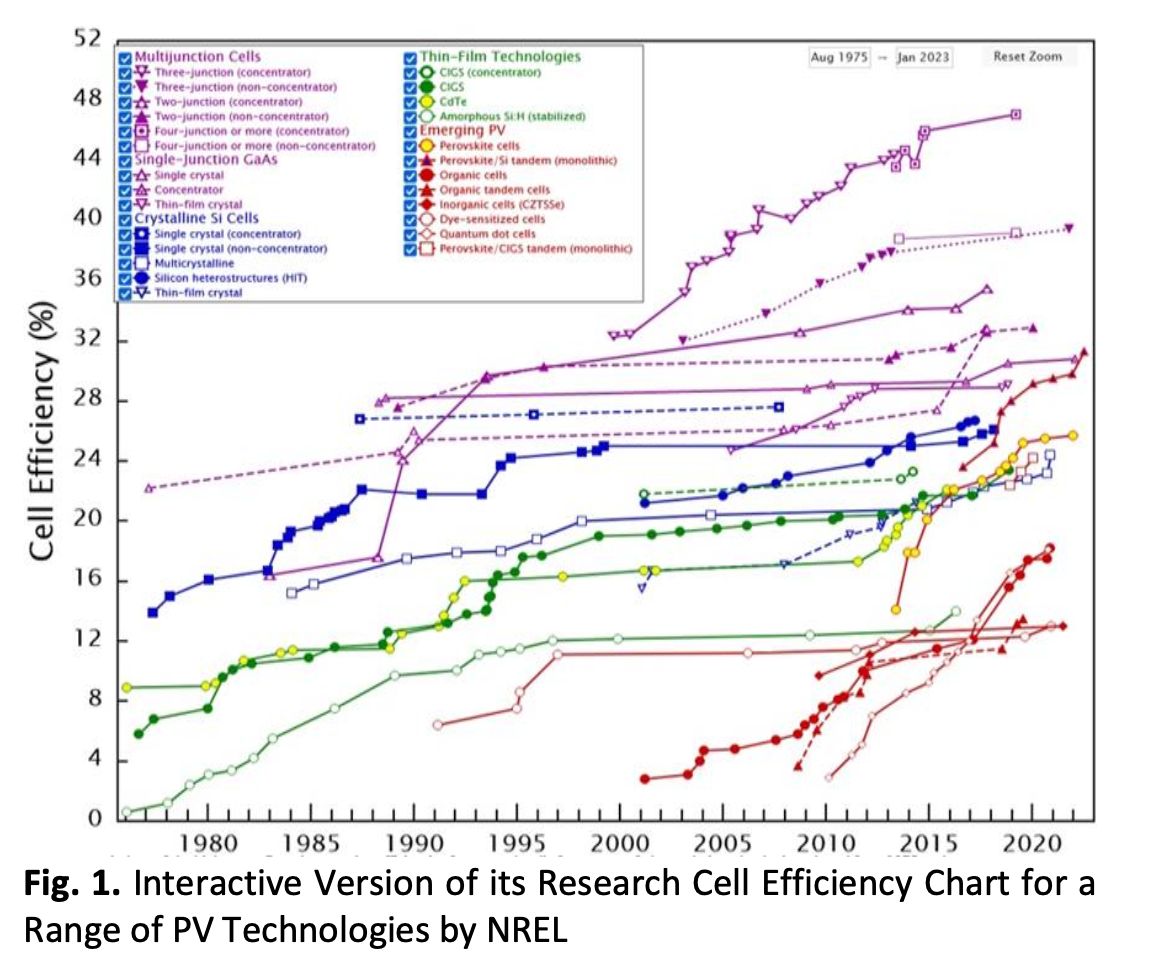Passive and Active Techniques for Cooling Photovoltaic Cell using PCM: An Investigation of Recent Advances
DOI:
https://doi.org/10.37934/arfmts.112.2.1432Keywords:
Techniques of cooling, PV cell, passive cooling, active cooling, phase change materialAbstract
Photovoltaic (PV) technology is one of many renewable energy sources, which converts solar energy directly received into electricity. In recent years, PV has advanced quickly as researchers try to make it more effective. 80% of the solar radiation that hits PV cells is absorbed, but only 12–18% of that energy is converted into electricity, with a maximum conversion rate of 24%. This indicates that a significant amount of sunlight is lost irretrievably. when a significant portion of the solar energy that is absorbed but not used by the photovoltaic process is converted to heat, which causes PV cells' operating temperature to increase above their design temperature, Consequently, the cell's effectiveness declines as a result of this increase. The crystalline silicon-based PV cells’ efficiency drops by 0.5% for each Celsius increase in temperature of operating. When operating temperature of cell exceeds design temperature, open-circuit voltage decreases significantly while the closed-circuit current slightly increases. Research has shown that PCMs can be applied in a variety of ways to enhance performance of PV cells, including as a coating applied directly onto the surface of the modules, as a heat exchanger in contact with module's back, or as an integrated component within the module itself. One recent advancement in the area of PCM-based cooling of PV modules is the development of hybrid cooling systems that combine PCMs with other cooling methods, such as air or water cooling. These hybrid systems have been shown to significantly improve the temperature stability and efficiency of PV modules compared to single PCM-based systems. PCMs have unique thermal properties that make them suitable for use in cooling systems because they can store and release thermal energy when phase transitions occur due to their high latent heat capacities. Recommendations for the use of phase change materials in Photovoltaic cooling, continue to research and develop new phase change material-based cooling systems that are more stable, have higher thermal conductivity and are effective in a wider range of temperatures.
Downloads
































